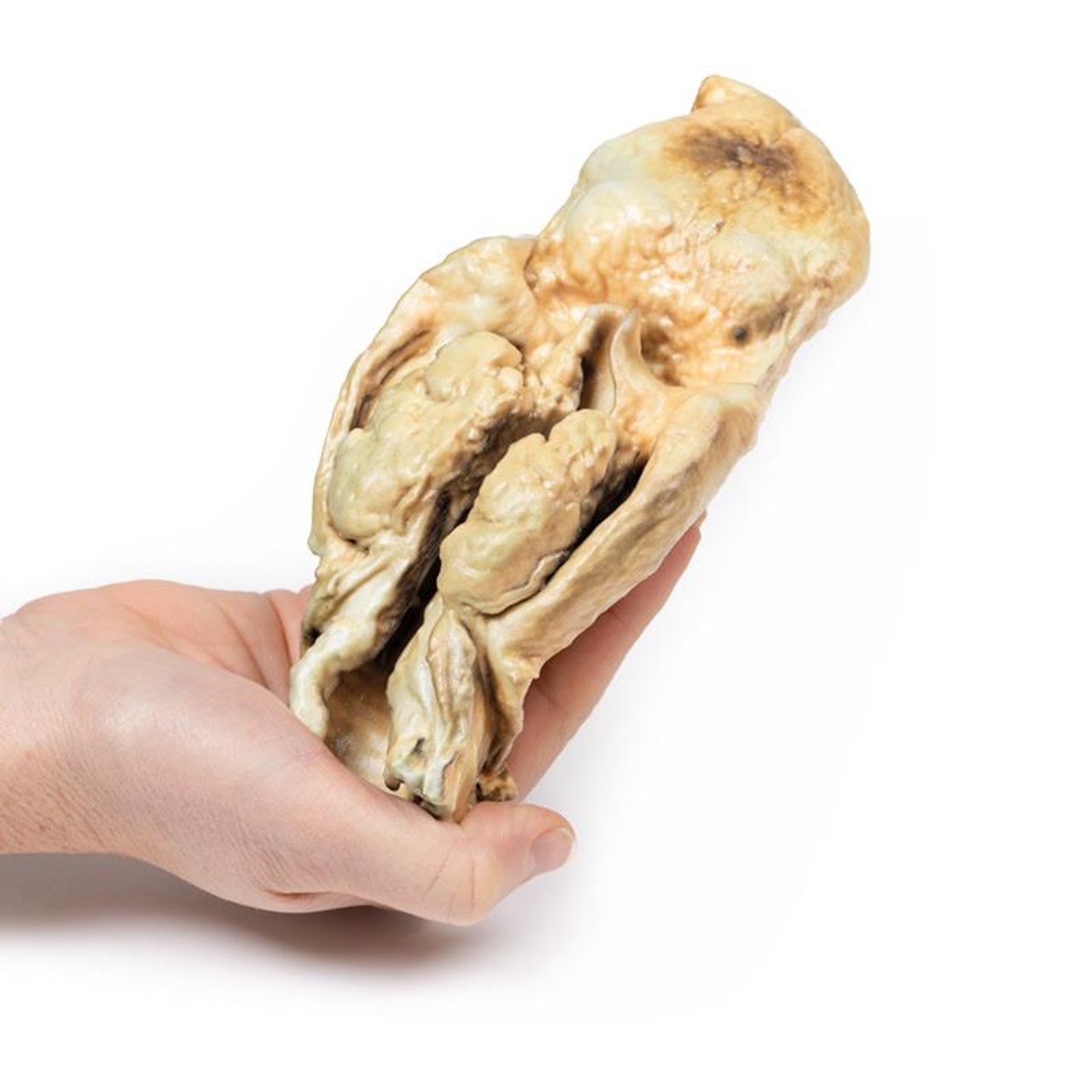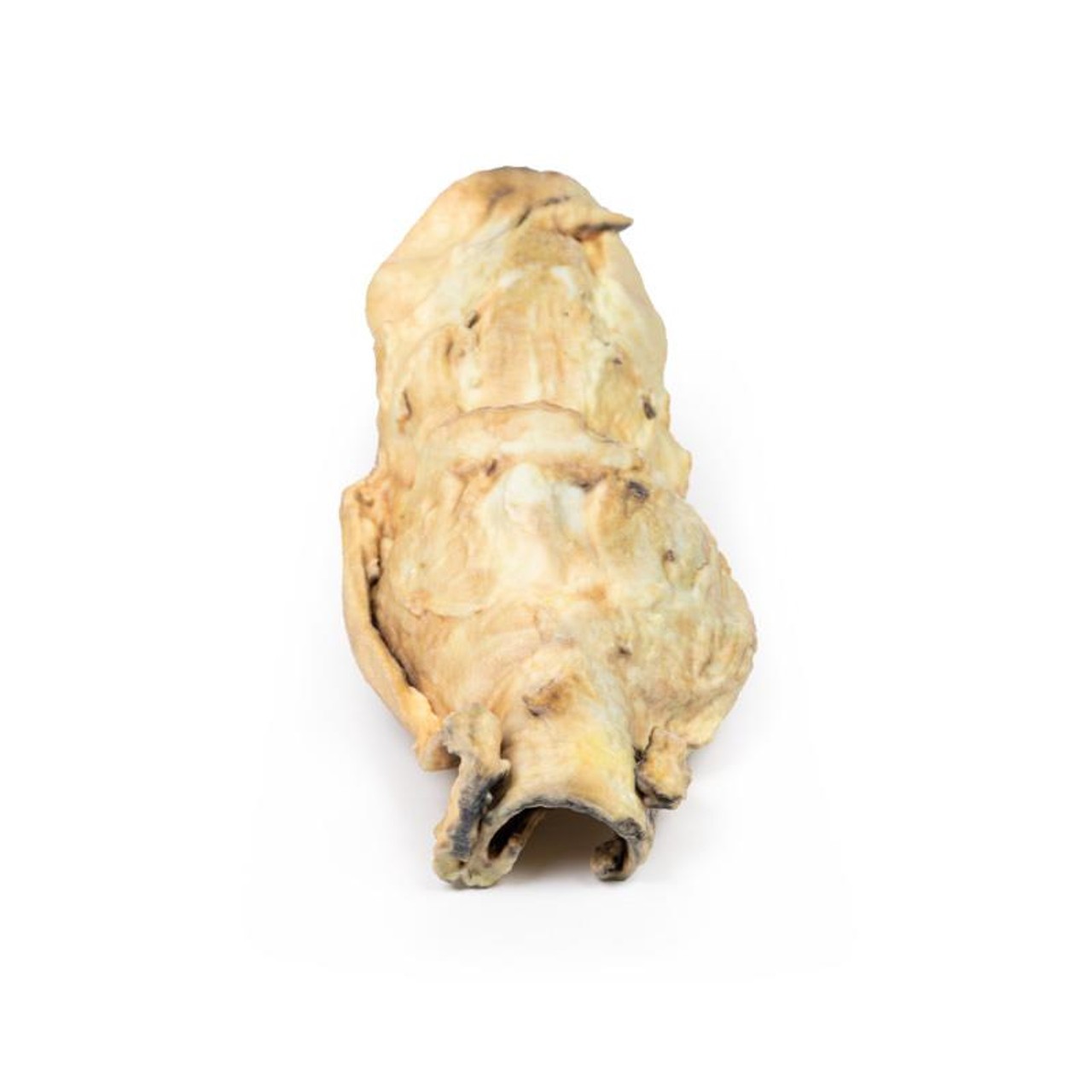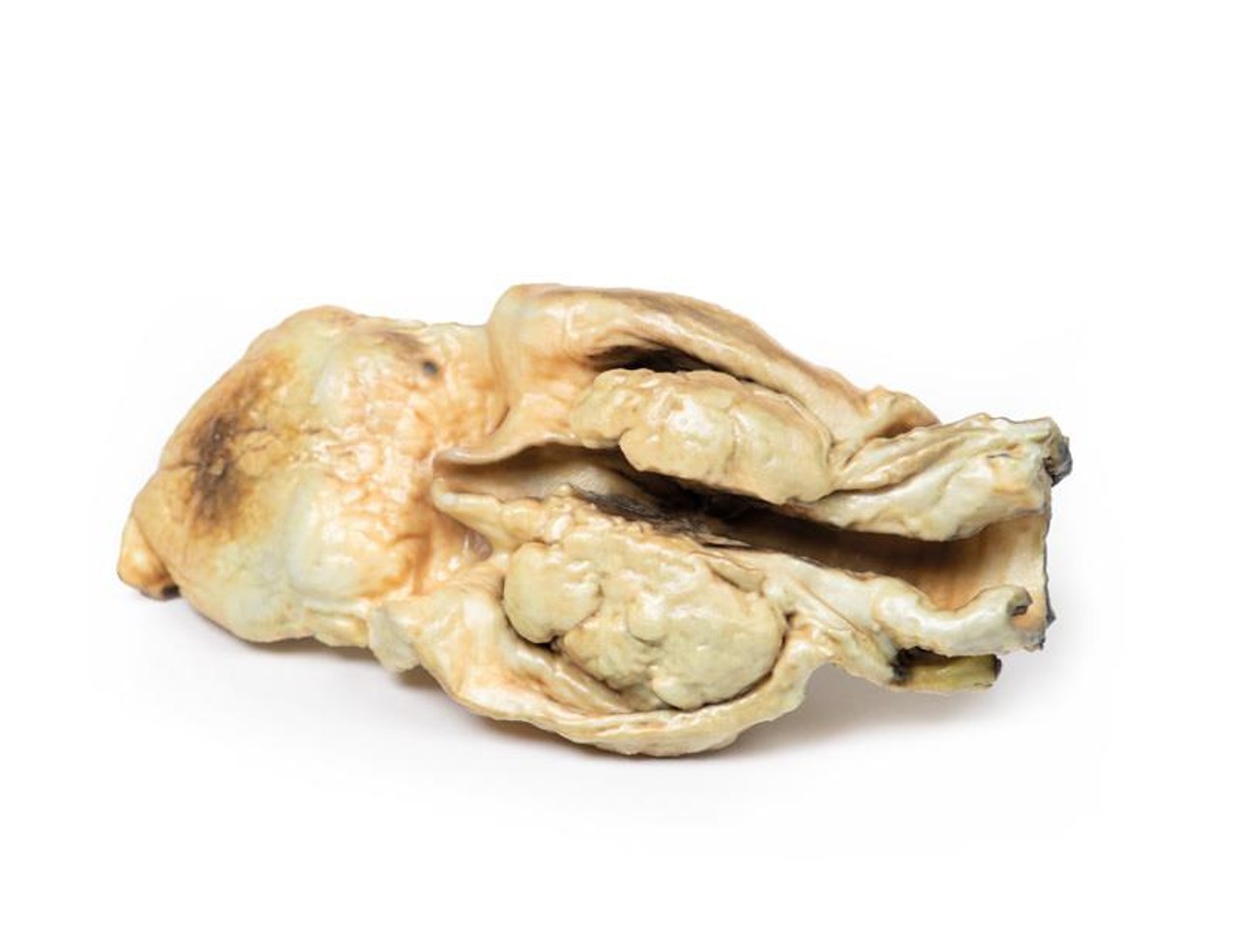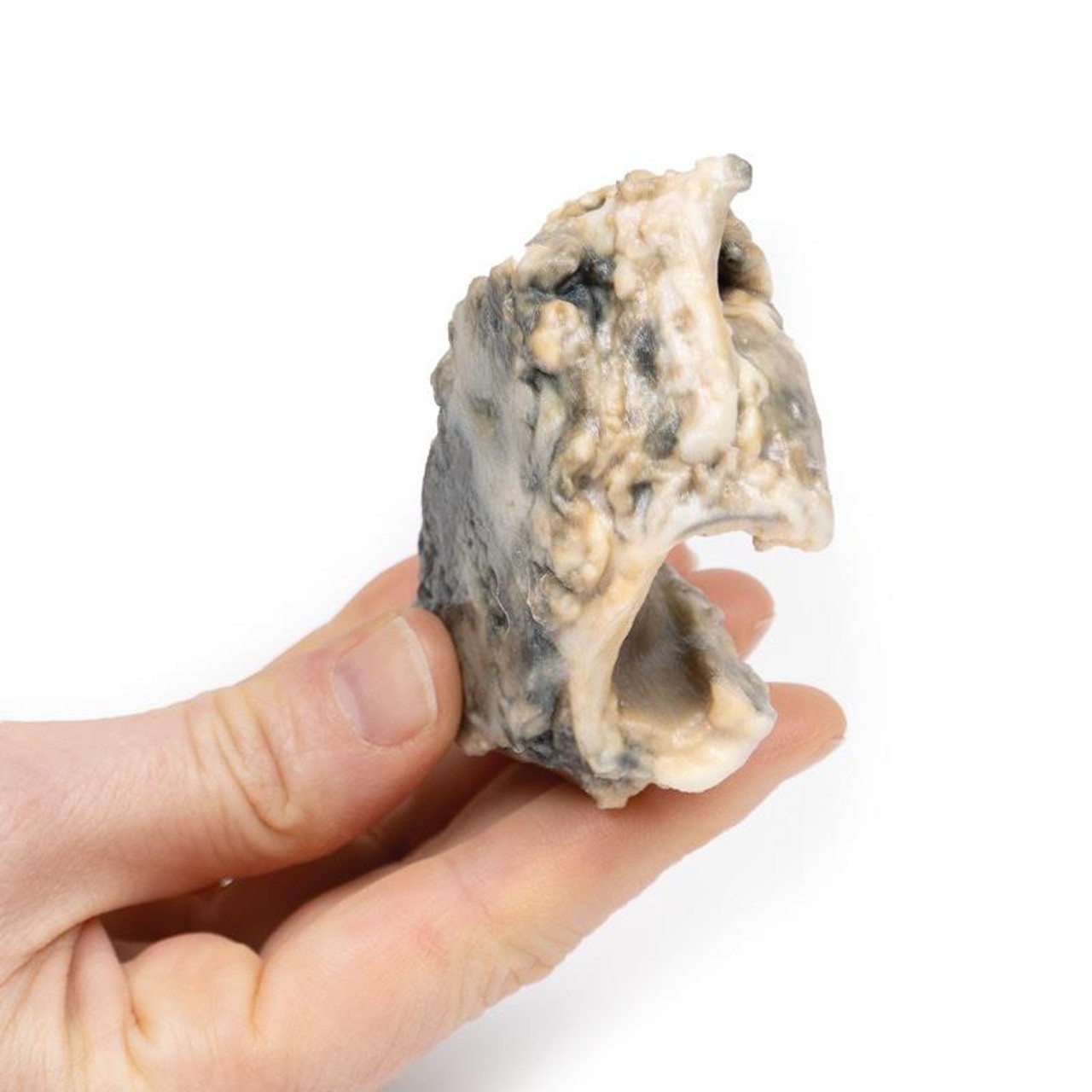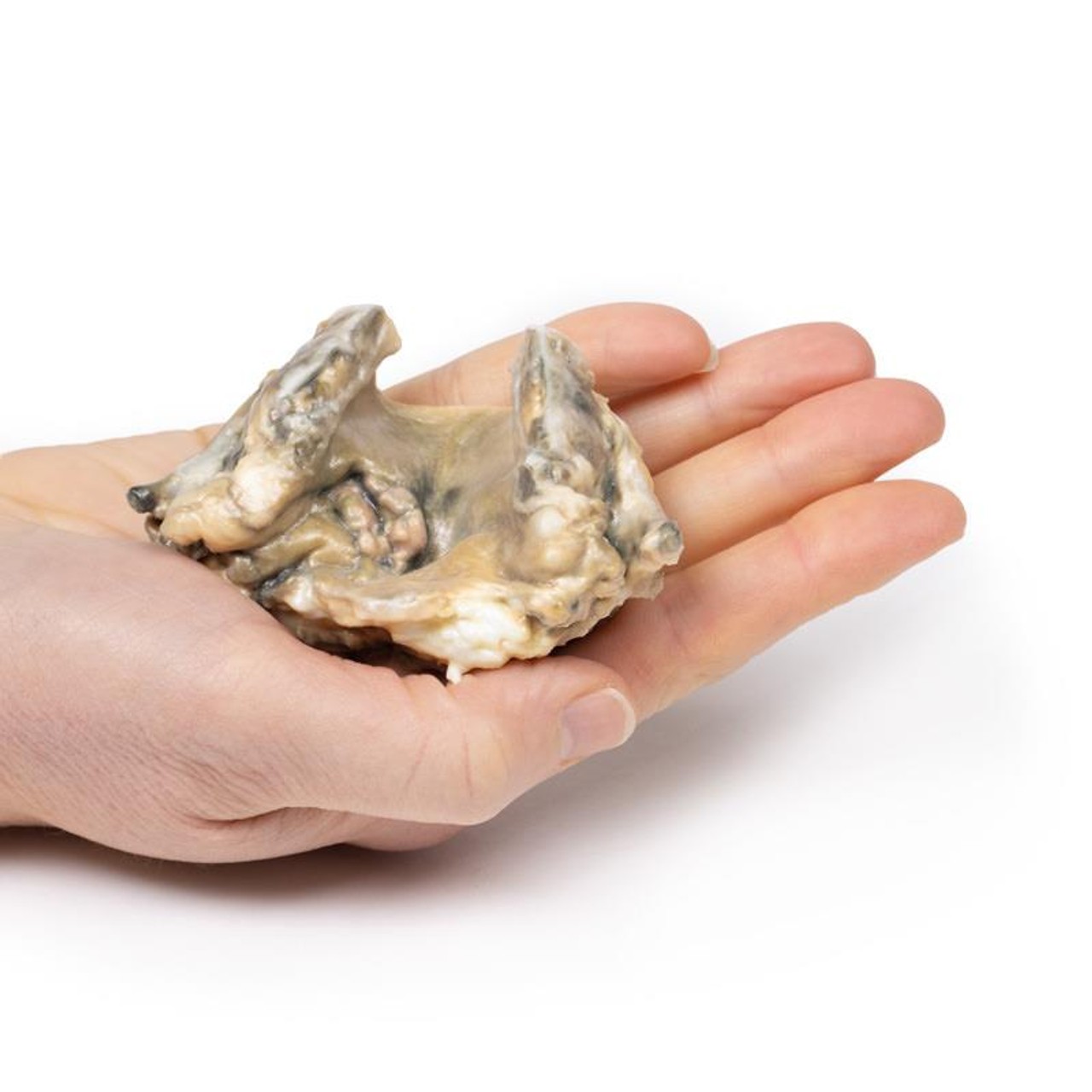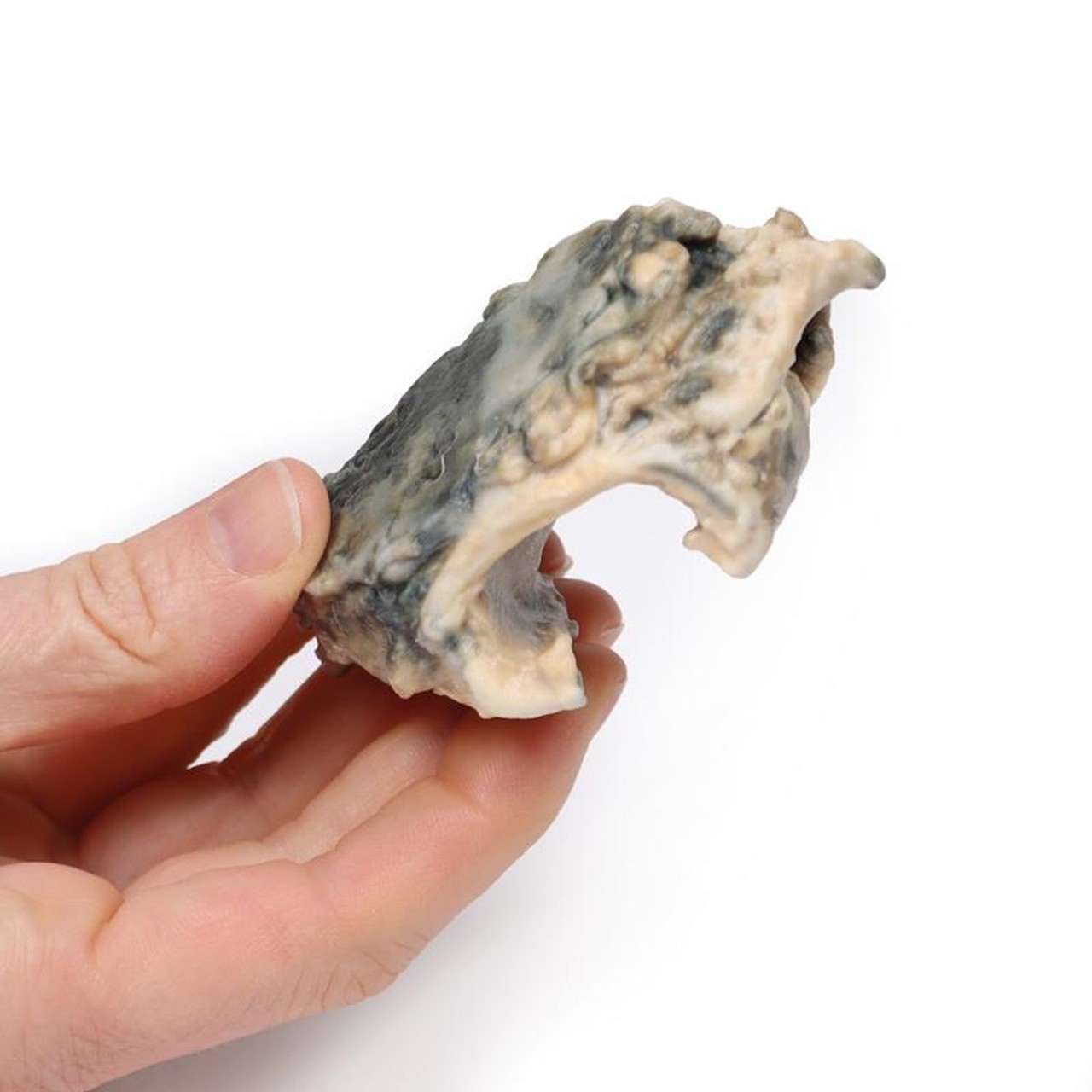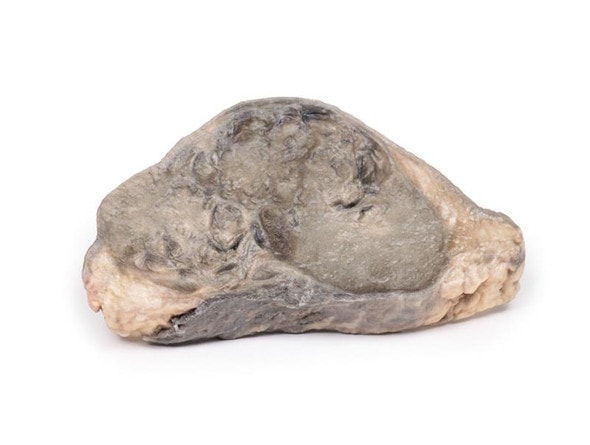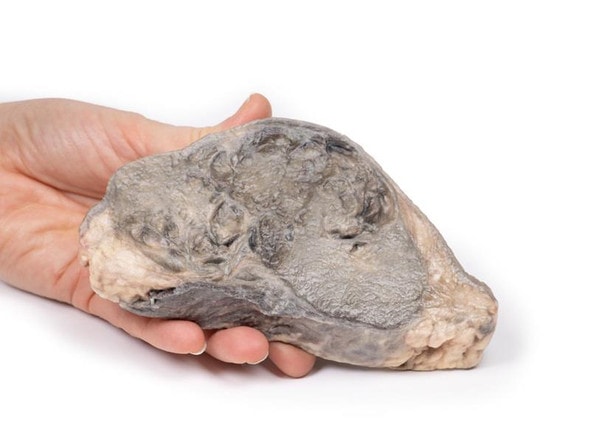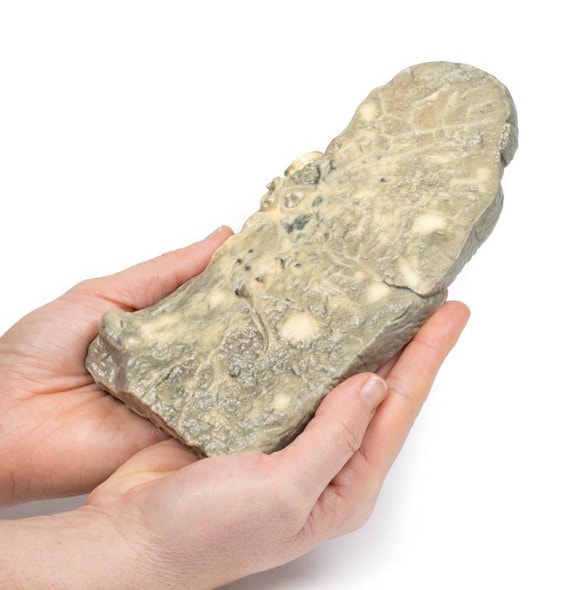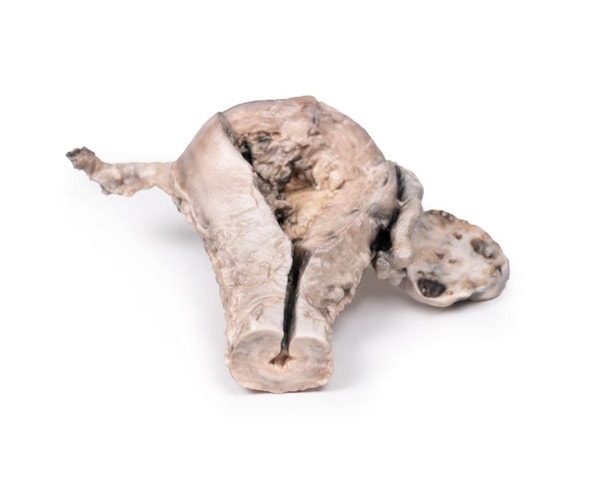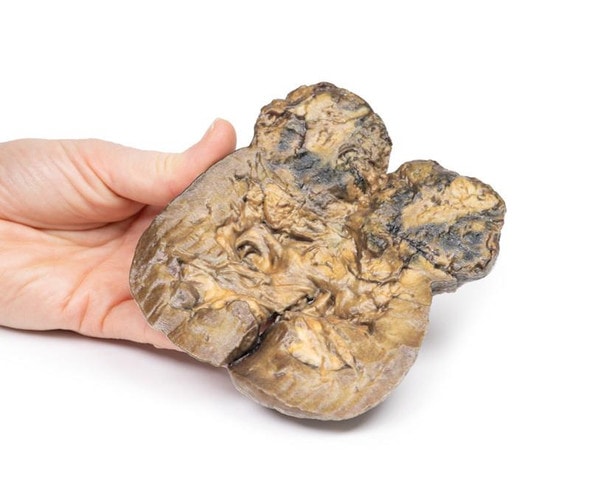Description
Developed from real patient case study specimens, the 3D printed anatomy model pathology series introduces an unmatched level of realism in human anatomy models. Each 3D printed anatomy model is a high-fidelity replica of a human cadaveric specimen, focusing on the key morbidity presentations that led to the deceasement of the patient. With advances in 3D printing materials and techniques, these stories can come to life in an ethical, consistently reproduceable, and easy to handle format. Ideal for the most advanced anatomical and pathological study, and backed by authentic case study details, students, instructors, and experts alike will discover a new level of anatomical study with the 3D printed anatomy model pathology series.
Clinical History
A 47-year-old male presents with a 13-month history of dysphonia and odynophagia at the level of his thyroid cartilage. He has a significant smoking history. Investigations revealed a laryngeal tumor. He received radiotherapy to the tumor followed by a laryngectomy. Six months later pulmonary metastases were discovered, and he subsequently died.
Pathology
This is the patient's laryngectomy specimen. The larynx has been sliced open and is viewed from the posterior aspect. There is significant right vocal cord distortion by an irregular ulcerating tumor. Mucosal congestion is also noted. Histologically this was a well differentiated squamous cell carcinoma (SCC).
Further Information
Over 95% of laryngeal cancers are SCC. The tumor usually develops on the vocal cords but may occur above or below the cords, on the epiglottis, aryepiglottic folds or in the pyriform sinuses. The cancer usually begins as carcinoma in situ, progressing to ulcerated and fungating carcinoma with continued exposure to carcinogens.
The greatest risk factors for developing cancer of the larynx are tobacco smoke and alcohol consumption. Human Papilloma Virus (HPV) infection, asbestos exposure and irradiation have also shown increased incidence. Males are affected more than females. It most frequently presents in the 6th decade of life.
Laryngeal cancer may spread by invading into surrounding structures, via lymphatics usually to local cervical nodes or hematogenous metastasis most commonly to the lungs. Common symptoms on presentation include dysphonia, dysphagia, odynophagia, globus and cough. Less commonly hemoptysis, stridor, dyspnoea and halitosis may be described. Treatment varies on the stage of the disease. Smoking and alcohol cessation are important for all disease stages. In early disease laryngeal preservation treatments may include laser therapy, microsurgery and radiotherapy. Later stage disease treatments may involve a combination of laryngectomy, radiotherapy and chemotherapy.
Advantages of 3D Printed Anatomical Models
- 3D printed anatomical models are the most anatomically accurate examples of human anatomy because they are based on real human specimens.
- Avoid the ethical complications and complex handling, storage, and documentation requirements with 3D printed models when compared to human cadaveric specimens.
- 3D printed anatomy models are far less expensive than real human cadaveric specimens.
- Reproducibility and consistency allow for standardization of education and faster availability of models when you need them.
- Customization options are available for specific applications or educational needs. Enlargement, highlighting of specific anatomical structures, cutaway views, and more are just some of the customizations available.
Disadvantages of Human Cadavers
- Access to cadavers can be problematic and ethical complications are hard to avoid. Many countries cannot access cadavers for cultural and religious reasons.
- Human cadavers are costly to procure and require expensive storage facilities and dedicated staff to maintain them. Maintenance of the facility alone is costly.
- The cost to develop a cadaver lab or plastination technique is extremely high. Those funds could purchase hundreds of easy to handle, realistic 3D printed anatomical replicas.
- Wet specimens cannot be used in uncertified labs. Certification is expensive and time-consuming.
- Exposure to preservation fluids and chemicals is known to cause long-term health problems for lab workers and students. 3D printed anatomical replicas are safe to handle without any special equipment.
- Lack of reuse and reproducibility. If a dissection mistake is made, a new specimen has to be used and students have to start all over again.
Disadvantages of Plastinated Specimens
- Like real human cadaveric specimens, plastinated models are extremely expensive.
- Plastinated specimens still require real human samples and pose the same ethical issues as real human cadavers.
- The plastination process is extensive and takes months or longer to complete. 3D printed human anatomical models are available in a fraction of the time.
- Plastinated models, like human cadavers, are one of a kind and can only showcase one presentation of human anatomy.
Advanced 3D Printing Techniques for Superior Results
- Vibrant color offering with 10 million colors
- UV-curable inkjet printing
- High quality 3D printing that can create products that are delicate, extremely precise, and incredibly realistic
- To improve durability of fragile, thin, and delicate arteries, veins or vessels, a clear support material is printed in key areas. This makes the models robust so they can be handled by students easily.


